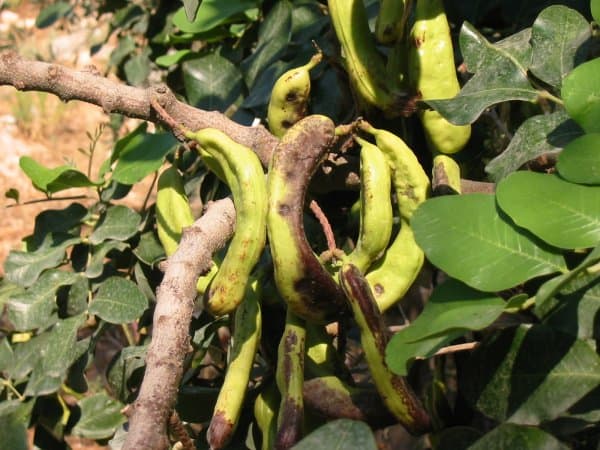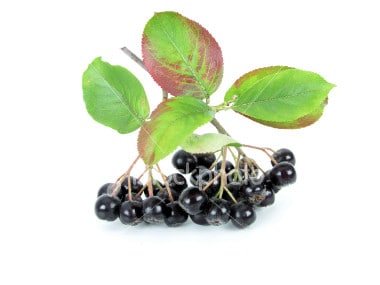A plum or gage is a stone fruit tree in the genus Prunus, subgenus Prunus. The subgenus is distinguished from other subgenera (peaches, cherries, bird cherries, etc.) in theshoots having a terminal bud and the side buds solitary (not clustered), the flowers in groups of one to five together on short stems, and the fruit having a groove running down one side and a smooth stone (or pit).
Mature plum fruit may have a dusty-white coating that gives them a glaucous appearance and is easily rubbed off. This is an epicuticular wax coating and is known as “wax bloom”. Dried plum fruits are called dried plums orprunes, although prunes are a distinct type of plum, and may have pre-dated the fruits now commonly known as plums.
Benefits of Plum
Plum is a good source of vitamin A (in the form of beta-carotene), vitamin B2, dietary fiber and potassium.Plum [Prunus domestica L. var. domestica; European plum] is one of the few juicy sweet tasting fruits in the world and it is usually available in the summer and in the fall. Plum belongs to the rosaceae family rosaceae (rose family) and the Prunus geneus of plants. Plum is considered as a drupe that its fruits have a hard stone pit surrounding its seeds. Prune is another name for plum or means a dried plum, used in cookery. Both Plum and prune (dried plum) have high contents of phenolic compounds- neochlorogenic and chlorogencic acids.
Maximising the benefits
Both fresh and dried plums offer antioxidant benefits.


Dillon Schardt
Its like you read my mind! You seem to know a lot about this, like you wrote the book in it or something. I think that you could do with some pics to drive the message home a bit, but other than that, this is excellent blog. A fantastic read. I’ll definitely be back.